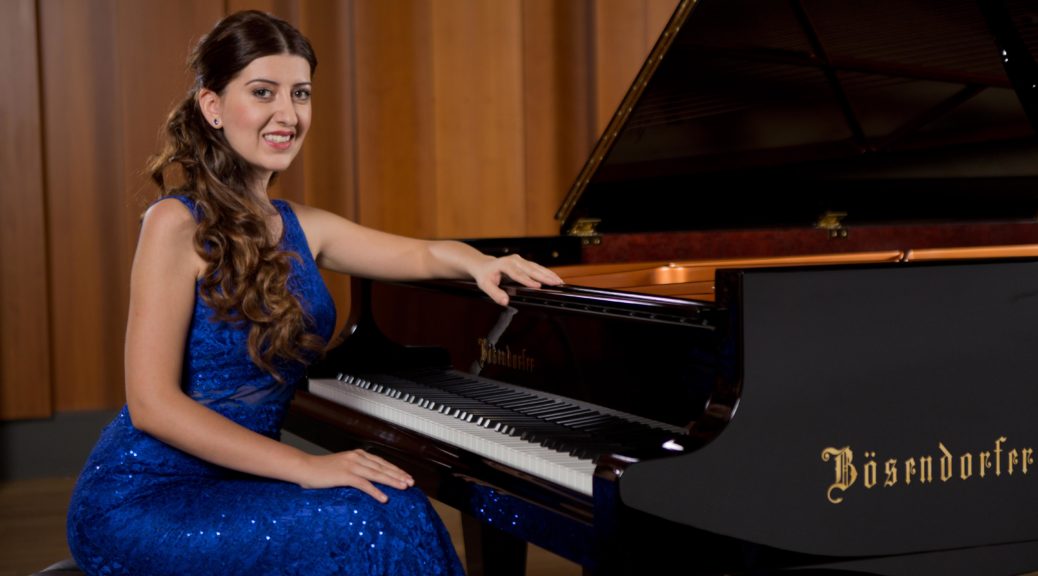
Music To Be Seen, Not Heard
SAN JOSE—The composer Aram Khachaturian was in a quandary, which probably explains most of the shortcomings of his grandiose Piano Concerto. In the 1930s composing in the Soviet Union, he was very much under the thumb of the fearsome dictator Stalin, who unfortunately thought himself an outstanding music critic. The pressure to survive and not have to vegetate in the gulags forever led several Soviet composers at that time, including also Shostakovich, to write shallow, flashy music “of the people” that Stalin admired.
While Khachaturian composed memorable works like “Spartacus” and “Gayne,” they came much later. But back in 1936 he came out with the Piano Concerto, which you’d have to dismiss as flashy hack work that enabled him to survive to a brighter day. And that it did.
The fellow Armenian Nareh Arghamanyan attacked the concerto fearlessly Dec. 7, a work which has been her signature piece. She was impressive indeed, flawlessly negotiating the devilishly wide-placed chords scattered all over the keyboard while carrying off the blurring-fast runs between. Clearly virtuosity and vehemence were the keynotes here, and Ms. Nareh tossed it off confidently without even mussing her waistline-length hair.
Here was an exciting 30-year-old pianist evoking ovations at the California Theater, following up with—shades of Vladimir Horowitz!—the no-less-showy solo “Variations on a Waltz from ‘Die Fledermaus’” created by various hands, after the Waltz King’s original.
And yes, there is music to be seen and not heard: The musical saw, a conventional carpenter’s saw producing different pitches when bent and stimulated by a viola bow. Khachaturian called for this oddity but placed it within a full-orchestra sound spectrum, therefore inaudible to the fans.
But if children should be seen and not heard, why not occasionally music too?
Rising to the occasion in the concerto was the bass clarinetist James Pytko in his mellow solos.
Making his California debut, the Italian conductor Pietro Rizzo, 46, led a traditional Brahms Symphony No. 2 to close the program. This is one of the most serene and contemplative of symphonies, in which Rizzo—best-known as an opera conductor, not symphonic—-tended to overconduct, at times with three-foot sweeps of the baton where 3 inches were more appropriate in the dulcet moments. Meredith Brown provided attractive French horn solos.
CHASTISING EVENT—This SSV ensemble is a scrappy low-turnover bunch, many veterans playing here in the group for a generation or more. They have come back from the dead, listened, fought, and learned from the “Lazarus experience”—revival from the orchestral bankruptcy right after the 9/11 dust had settled at the start of our Millennium. The original version of the orchestra (San Jose Symphony) had dated back to the 1880s. The SSV has never had a music director, calling on a wealth of guest conductors every season.
Symphony Silicon Valley, in concert Dec. 7-8, California Theater, San Jose. For info: go online: www.symphonysiliconvalley.org